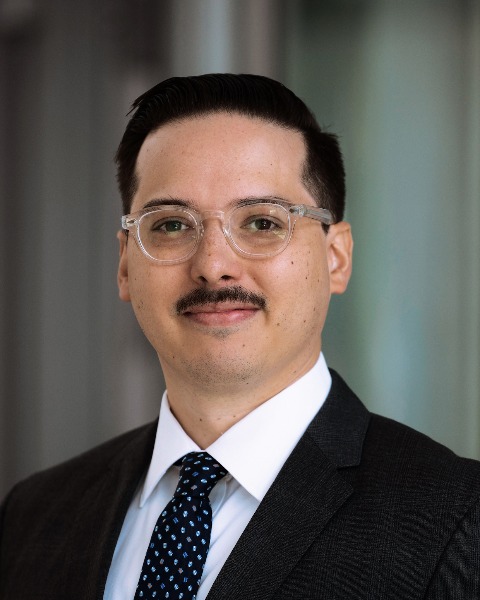Basic Science
A Biomechanical Analysis of Different Reconstruction Techniques following Separation Surgery at the Cervicothoracic Junction
Friday, February 21, 2025

Rafael de la Garza Ramos, MD
Neurological Surgeon
Montefiore Health System
Bronx, NY, US
Presenting Author(s)
Introduction: Separation surgery in spinal oncology involves posterior decompression and resection of a portion of diseased vertebra to provide space around the spinal cord for safe delivery of radiation. When tumors involving the first thoracic vertebra (T1) require stabilization, it is unknown whether the upper instrumented vertebra should be C7, C6, or C5. It was also unclear whether the use of pedicle screw (PS) is mechanically preferred compared to lateral mass screw (LMS).
Methods: A cervical thoracic finite element model (C4-T3) was developed to test the biomechanical behavior of instrumented spine under pure moment of 5Nm in flexion/extension, lateral bending and axial rotation. The separation surgery was simulated at T1, with instrumentation ranging up to 3 levels above and 2 levels below. In total, seven unique constructs were tested to evaluate the effect of types of screw (PS versus LMS) and levels of fixation. Outcomes measurements were range of motion (ROM), intradiscal pressures, and the stress within implant and bone.
Results: Neither screw type nor fixation-levels substantially affected the ROM or intradiscal pressures in the simulated cases (difference < 1%). Screw stresses were highest at construct end-points, and showed only modest differences between PS and LMS in flexion-extension when both C6 and C7 were fused. Increasing length of thoracic endpoints did not reduce boney stress concentrations, while 2 or more cervical levels fixation provided a protective effect on bone stress. PS provided an additional protective effect on bone stress (30%) compared to LMS.
Conclusion : In general, short or long cervical-thoracic fixation after separation surgery showed biomechanical equivalence, in most factors, excluding bone-implant stress. Pedicle screws and 2+ levels of cervical reinforcement had the greatest protective effect on bone stress, while single-endpoint thoracic fixation was sufficient. Selection of screw type and endpoint should be made with additional clinical considerations, and requires future clinical study.
Methods: A cervical thoracic finite element model (C4-T3) was developed to test the biomechanical behavior of instrumented spine under pure moment of 5Nm in flexion/extension, lateral bending and axial rotation. The separation surgery was simulated at T1, with instrumentation ranging up to 3 levels above and 2 levels below. In total, seven unique constructs were tested to evaluate the effect of types of screw (PS versus LMS) and levels of fixation. Outcomes measurements were range of motion (ROM), intradiscal pressures, and the stress within implant and bone.
Results: Neither screw type nor fixation-levels substantially affected the ROM or intradiscal pressures in the simulated cases (difference < 1%). Screw stresses were highest at construct end-points, and showed only modest differences between PS and LMS in flexion-extension when both C6 and C7 were fused. Increasing length of thoracic endpoints did not reduce boney stress concentrations, while 2 or more cervical levels fixation provided a protective effect on bone stress. PS provided an additional protective effect on bone stress (30%) compared to LMS.
Conclusion : In general, short or long cervical-thoracic fixation after separation surgery showed biomechanical equivalence, in most factors, excluding bone-implant stress. Pedicle screws and 2+ levels of cervical reinforcement had the greatest protective effect on bone stress, while single-endpoint thoracic fixation was sufficient. Selection of screw type and endpoint should be made with additional clinical considerations, and requires future clinical study.

.jpg)